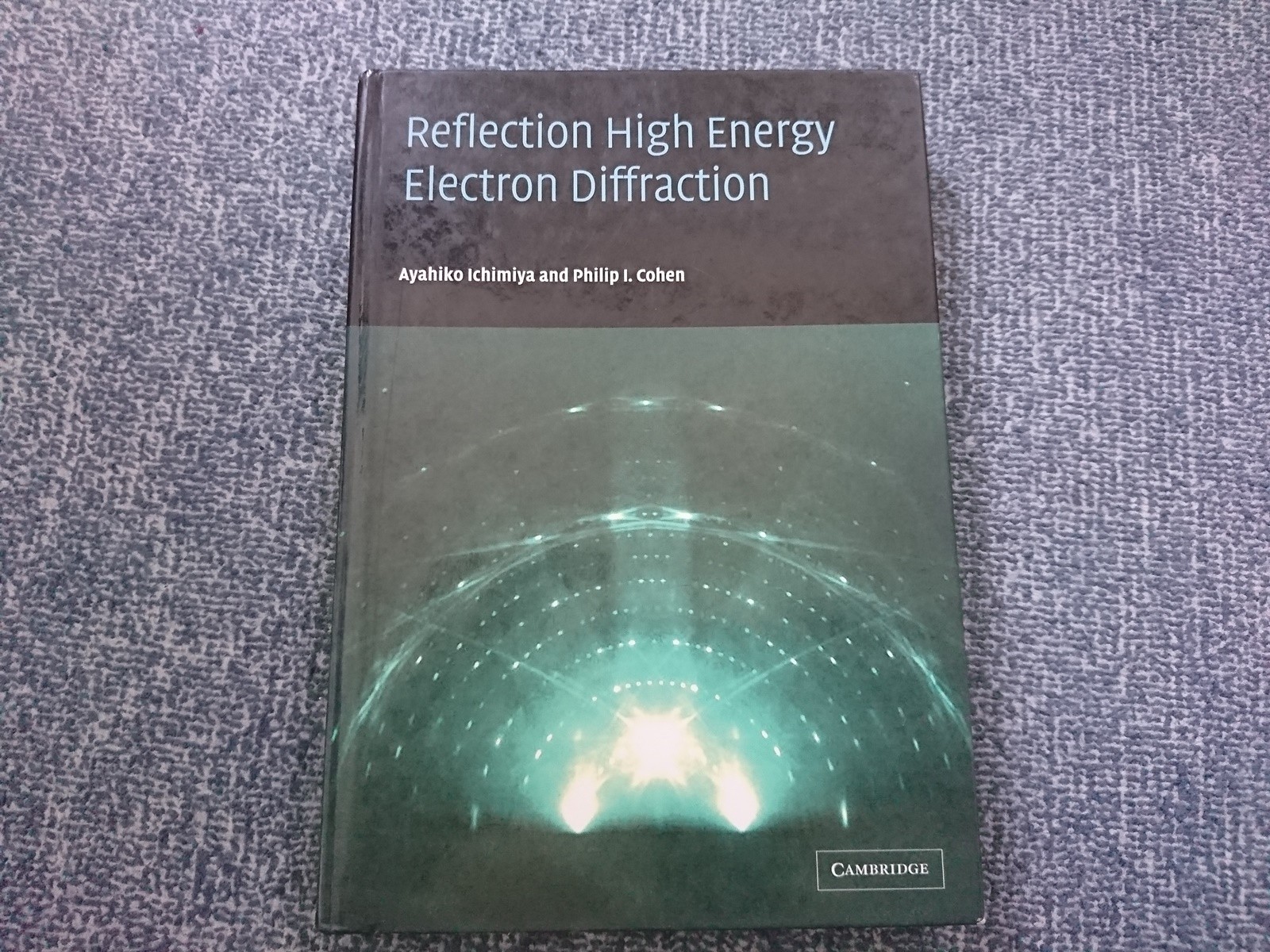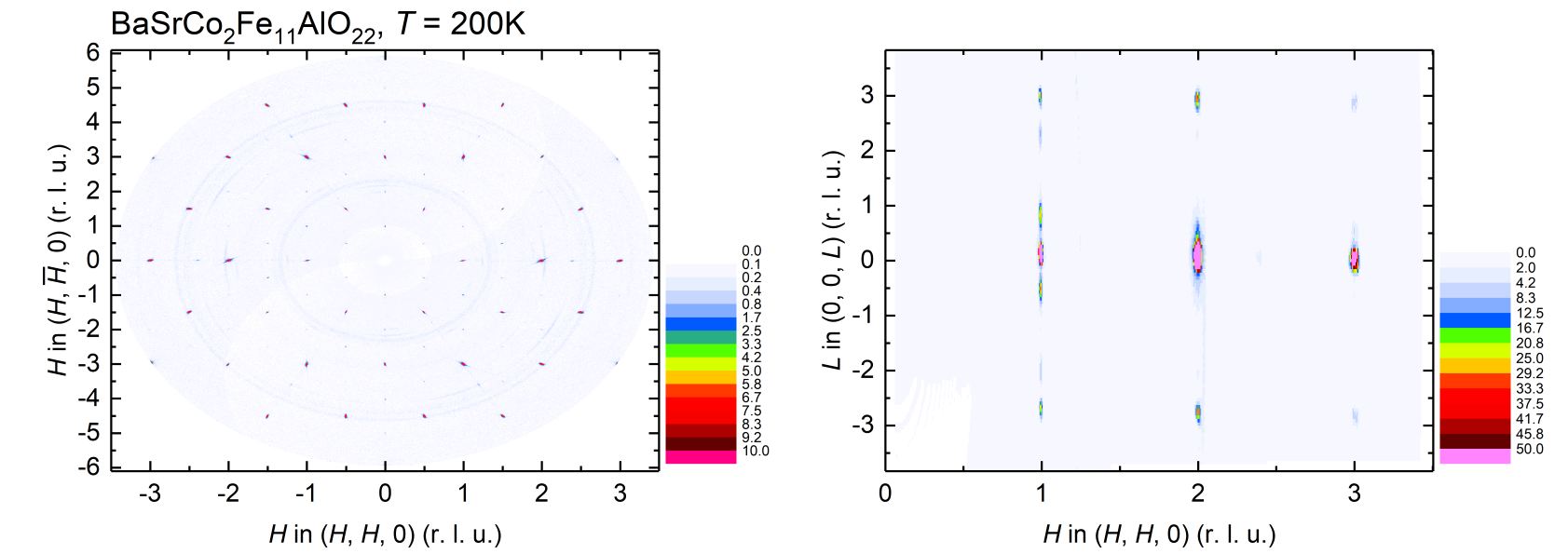

The most recent extension of this direct method to ordered structures is included as well, showing that the resulting structural information is most valuable if not essential for finding the correct atomic model of the surface. Also, we illuminate the application of LEED to disordered adsorbates and the related development of holographic image reconstruction from diffuse diffraction patterns. So, we describe new structural search procedures which aim to arrive at the global rather than only a local R-factor minimum in parameter space as the best fit between experiment and theory. Special emphasis is on more recent developments to tackle increasingly complex surface structures. Restriction is to today widely used experimental and computational techniques including the powerful approach by Tensor LEED on the theoretical side.
#CRYSTAL DIFFRACTION ENERGY FULL#
Therefore the x ray should be re emitted at the same angle it came in (as of the law of refection).įor it to do otherwise would violate the law of reflection and as mentioned conservation of energy.The present status of the methodology of full dynamical surface structure determination by low energy electron diffraction (LEED) is reviewed with respect to both experiment and theory.

When the atom in the crystal rebounds the x ray emitted should have the same momentum but with the horizontal component reversed. Again the absorption of an X ray by the electron in a atom will accelerate the electron (and presumably the atom with it) distorting the crystal structure which will store momentarily some elastic potential energy. Single-crystal X-ray Diffraction is a non-destructive analytical technique which provides detailed information about the internal lattice of crystalline substances, including unit cell dimensions, bond-lengths, bond-angles, and details of site-ordering. Now lets look at the interaction of an X ray with a 2D crystal (orientated in the x and y axis). In the text book i'm reading (and many other sources online) describes the interaction as elastic where there is no net transfer of energy to the electron (so the re emitted x ray is the same as that of the incoming one). I have read some explanations that say the x ray does change wavelength, but i'm not sure how true this is. In order to account for the random direction of emission, the re emitted x ray must have a longer wavelength than the incoming x ray. Like energy passing through the ocean, light energy travels in waves, too. This means when we translate back to the original rest frame, the electron will be moving and so will seemingly of gained kinetic energy from nothing. Now if the re emitted x ray at time "t+2dt" was in a different direction, then suddenly we now do not just have a velocity component in the x direction but also in the y direction. This will hold if the emitted x ray is emitted in the same direction of the incoming X ray. Now for conservation of energy to hold, the end result must be that V-U=0, that is if we go back to the original rest frame the electron should be stationary. So if we go into the electrons rest frame then when it emits its own X ray, the recoiling effect will accelerate it momentarily at a time of "t+2dt" gaining velocity "u" which will be in opposite direction to the emission (as of conservation of momentum). But this emission will have a recoiling effect on the electron.

The electron will of course emit its own X ray. The x ray will exert a force on the electron in the same direction of travel momentarily accelerating it for a time of "t+dt" and so gains velocity "v" along the x axis.
#CRYSTAL DIFFRACTION ENERGY FREE#
Suppose we have an x ray photon (moving in the x direction) that interacts with a free stationary electron at some time "t". The problem is this seemingly random re emission with no change in wavelength from the electron seems to violate the law of conservation of energy, and in a crystal it violates the law of reflection as well. The explanation given in a text book on x ray crystallography states that when an x ray interacts with an electron (in this case free electron) the electron can re radiate this wave in any random direction with the wavelength unchanged. A formulation of the problem of low-energy electron diffraction from crystal surfaces is given using multiple scattering theory. I was reading through the explanation on x ray diffraction from crystals, but found the explanation troublesome.


 0 kommentar(er)
0 kommentar(er)
